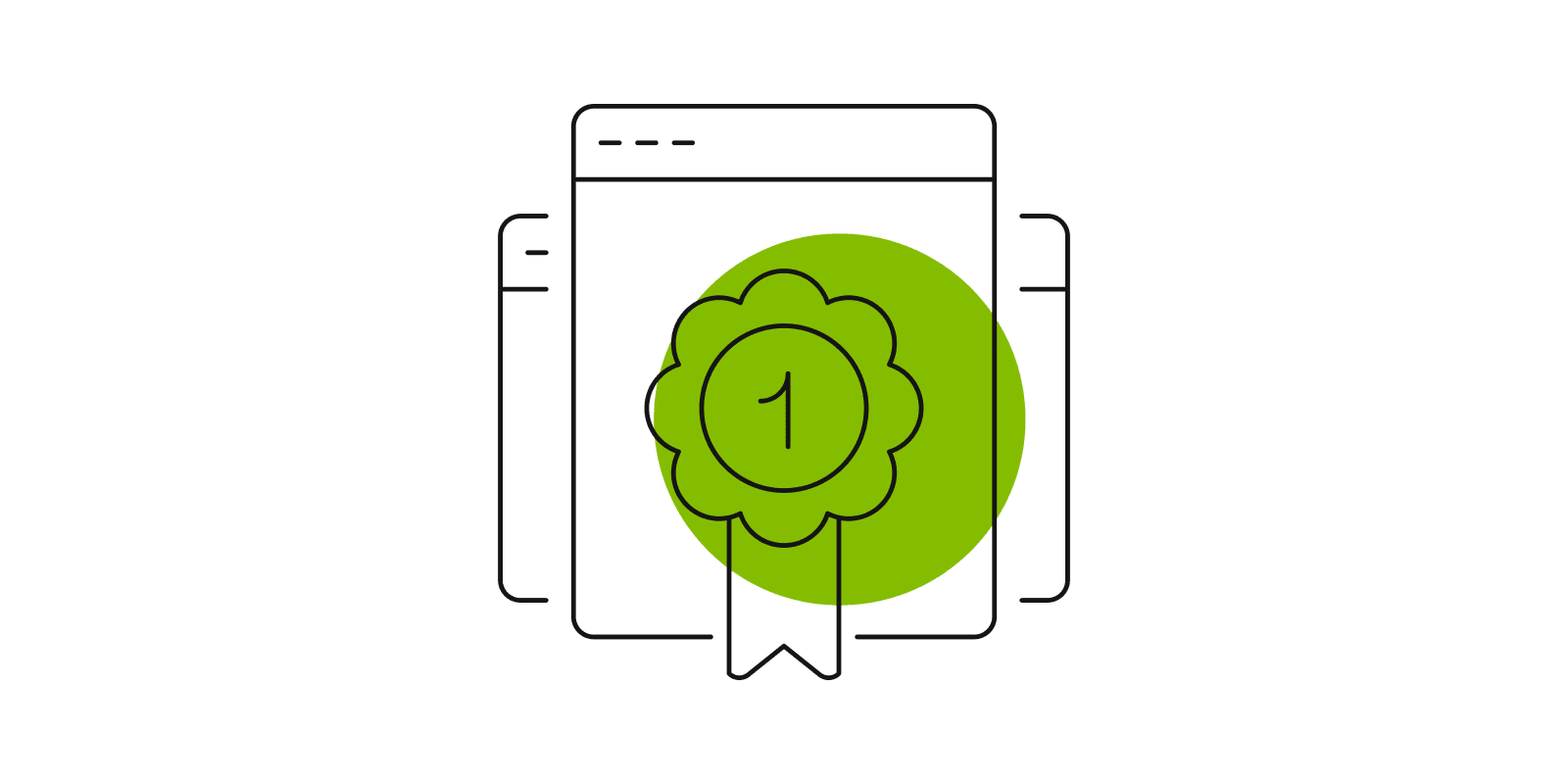
Inclusive Access in Higher Education: Unlocking Student Success
Inclusive Access (IA) provides students with a more cost-efficient, success-driven option for obtaining their digital courseware. This program incorporates the cost of their materials directly into their tuition, eliminating the rush to find the funds and correct material for the course at the start of a semester. In addition, it ensures students have their materials from the first day of class, setting them up for success right from the start. Pearson spoke with several people from a variety of roles to get their perspective on IA and how it benefits them, their institutions, faculty, and students.
Michael Shiftlet is the Digital Publishing Coordinator on the Affordability and Access team at The Ohio State University (OSU). In his role he coordinates and facilitates communication between the publishers, faculty, and their registrar for a smooth IA implementation. Beginning in 2017, OSU started a small-scale pilot, delivering 50 Pearson titles to students in one course. They initially worked with instructors whom they knew were enthusiastic about supporting their students, would be open to the program, and had worked on other affordability initiatives prior. After the first semester's success, enrollment in the program slowly grew each semester, until they rolled out the program in Fall 2020.
Sarah Cameron, Textbook Manager at West Chester University (WCU) campus bookstore, oversees the entire textbook department, from print to digital to IA. In 2018, WCU began their pilot of the program, hoping to see benefits for their students, both in cost savings and success with first-day access. Since then, they have slowly been adding more classes, with approximately 75% of the courses now participating in IA.
Pearson also spoke with two instructors in the math department and a bookstore manager from a community college in the Western United States. One of the faculty recognized the value of IA many years ago and has been trying to adopt it at their institution. “Students didn’t have to work so hard to get access codes or to transfer temporary access to permanent access, there was cost savings, and all of that combined with how easily it integrated into Canvas were why I decided to move forward trying to get the permissions we needed.” With eventual approval, and in partnership with the bookstore manager, they decided to start small, piloting IA with two teachers in Fall 2023. They hoped that IA would curb the issue of students entering a course without their course materials, thus unprepared, resulting in falling way behind and potentially not being able to catch up with one instructor saying, “For me it was mostly about pedagogy and actual effectiveness of the classroom with students.” The other primary driver was the hope that it would save their students a significant amount of money.
The program ran as expected, with a few initial hiccups smoothed out along the way, with the intended benefits noted this first semester. Therefore, they are expanding, adding a few more instructors in Spring 2024. “Luckily, the two teachers who were doing the pilot were not only fantastic but one of them, she has been fighting for Inclusive access for a long time. She’s the reason why we have a pilot because I have always said, you need to find a champion in the faculty.”
Cost Savings for Students
Since adopting IA in 2017, OSU is averaging around $7 million dollars per year in savings, with a cumulative total of around $26 million dollars in savings for their students, and an opt-out rate of approximately 0.5%. This cost effectiveness and convenience of course materials being part of the tuition has been appreciated by students, and those without access immediately noticed they were missing out, according to Michael. “Students were actually upset that their class wasn’t using IA. I think that was really the turning point for us and seeing that students were realizing the value of the program and what we were doing as well.”
According to Sarah, WCU has saved their students approximately $4.1 million dollars since adopting IA in 2018. Sarah has noticed how the cost savings of IA is mutually beneficial as it saves students money, but it also brings business into the bookstore, creating profits for the bookstore, and less headache for the students. “This is really helping them come through us and still get that better price. I think it is good for both of us at the same time. I think it simplifies the process for all of us as well.”
During the small initial pilot at the community college, students saved an average of $35 per textbook, and with 95 enrollments, that’s an overall savings of approximately $3,325. On top of these savings, students have also appreciated how simple the process was, “The fee they pay is definitely cheaper than the bookstore price and my students really, really, really like how simple it was with not having to go to purchase an access code separately.”
Day One Access
According to Sarah, faculty at WCU have appreciated the ease of day one access with IA for students, which has led to the vast majority opting to adopt the program for their courses. “With 75% of courses using it, you can tell they love it. They think it’s great that students are getting what they need on the first day of classes. There’s no stress with course materials when it comes to Inclusive Access.”
One of the math instructors found the day one access to course materials curbed students’ excuse of not having the materials to do their homework. It has also led to students getting started off and running, fully prepared right from the start, ensuring no one falls behind as they wait for their finances or materials to show up. “Well, I thought it was great that on day one I could expect them to do their homework rather than waiting a couple days while they got their money together and went to the bookstore and bought their access code, and so on and so forth. From day one, I expect them to do their homework and there’s no reason they can’t.”
Convenience
The comfort of knowing what their tuition fee will be, including the cost of their materials, is a huge relief for students, according to Sarah. It gives them time to plan ahead and prepare instead of scrambling at the start of the semester, which could potentially cause them to fall behind. “They know what they need to pay ahead of time. If they need to save up for it, they can see it a couple months ahead of it. It gives them time to prepare rather than trying to run around and find the best price at a bunch of places. They don’t have to worry about finding their materials. They know they are going to have what they need that first day of class.”
The bookstore manager sees the all-around convenience and benefits for all involved saying, “Honestly, I think for students it’s just convenient, cheaper, and easier. For us, it’s nice to have those guaranteed sales. It’s also nice for the school.”
Building Partnerships
Being part of IA has also increased communication between the bookstore, faculty and students, making it more of a partnership for Sarah. “This has created a lot of relationships with us, the faculty, and the students. We even have a good group of students that will tell us their true opinion of what they think. If they have taken the class, if they need that book. If they think Inclusive Access is best, which most often it is.”
The bookstore manager noted that in addition to the guaranteed sales through the bookstore, a couple benefits are even more fulfilling; the idea that they are helping students and building relationships with faculty. “The overall sense of being able to deliver products to the students for the faculty, which really helps relationship-wise. We make sure the students have what they need from us, when they need it, and make sure they are fully prepared. We are the school’s partner in doing that. We take that pretty seriously. So, when we can provide them with something that makes that whole process easier for them as they are trying to navigate college, which can be very daunting at times, is really nice.”
For Michael, working with Pearson to implement IA has been invaluable. The partnership they have developed right from the beginning has ensured smooth implementation and prompt resolutions. “The team has been good about getting the faculty what they need before the semester, that gap between ordering and the semester starting. I’ve had great experiences with everyone there. The primary reps and those in supporting roles have all been awesome. I’ve really enjoyed working with everyone at Pearson. From day one, the staffing has always been excellent. When I have been in touch with Pearson, resolution is always quick and smooth. I have a great working relationship with the team there.”







